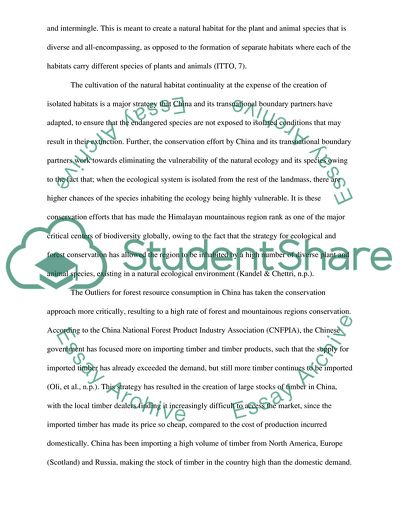Cite this document
(“Choice of Chinese Government on Forest and Resource Essay”, n.d.)
Choice of Chinese Government on Forest and Resource Essay. Retrieved from https://studentshare.org/environmental-studies/1662705-how-countries-move-towards-making-sustainable-choices-on-forest-outliers-for-resource-consumption-sustainable-choices-case-study-trans-boundary-timber-markets-conservation-china
Choice of Chinese Government on Forest and Resource Essay. Retrieved from https://studentshare.org/environmental-studies/1662705-how-countries-move-towards-making-sustainable-choices-on-forest-outliers-for-resource-consumption-sustainable-choices-case-study-trans-boundary-timber-markets-conservation-china
(Choice of Chinese Government on Forest and Resource Essay)
Choice of Chinese Government on Forest and Resource Essay. https://studentshare.org/environmental-studies/1662705-how-countries-move-towards-making-sustainable-choices-on-forest-outliers-for-resource-consumption-sustainable-choices-case-study-trans-boundary-timber-markets-conservation-china.
Choice of Chinese Government on Forest and Resource Essay. https://studentshare.org/environmental-studies/1662705-how-countries-move-towards-making-sustainable-choices-on-forest-outliers-for-resource-consumption-sustainable-choices-case-study-trans-boundary-timber-markets-conservation-china.
“Choice of Chinese Government on Forest and Resource Essay”, n.d. https://studentshare.org/environmental-studies/1662705-how-countries-move-towards-making-sustainable-choices-on-forest-outliers-for-resource-consumption-sustainable-choices-case-study-trans-boundary-timber-markets-conservation-china.


